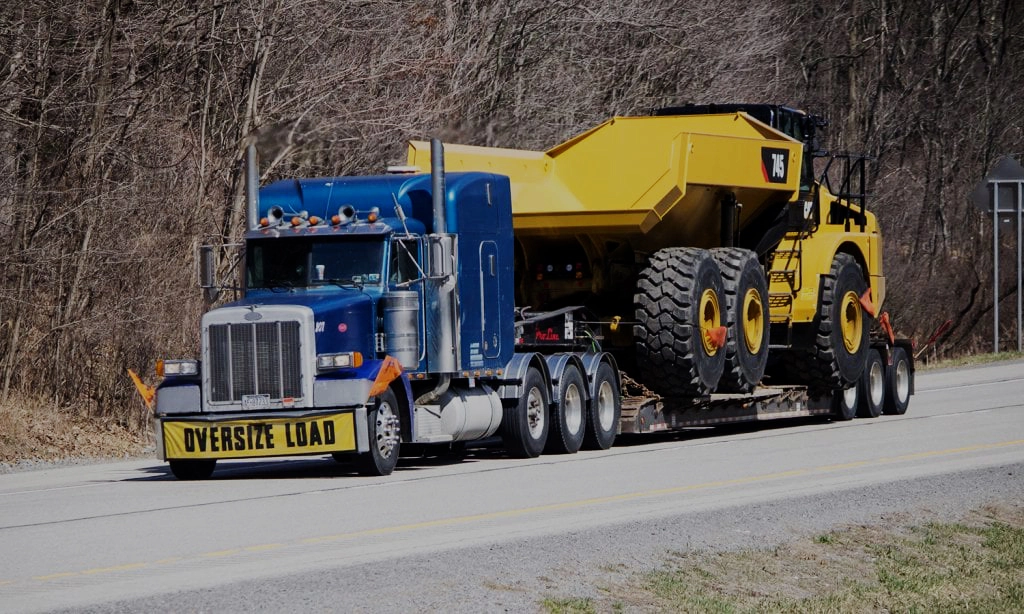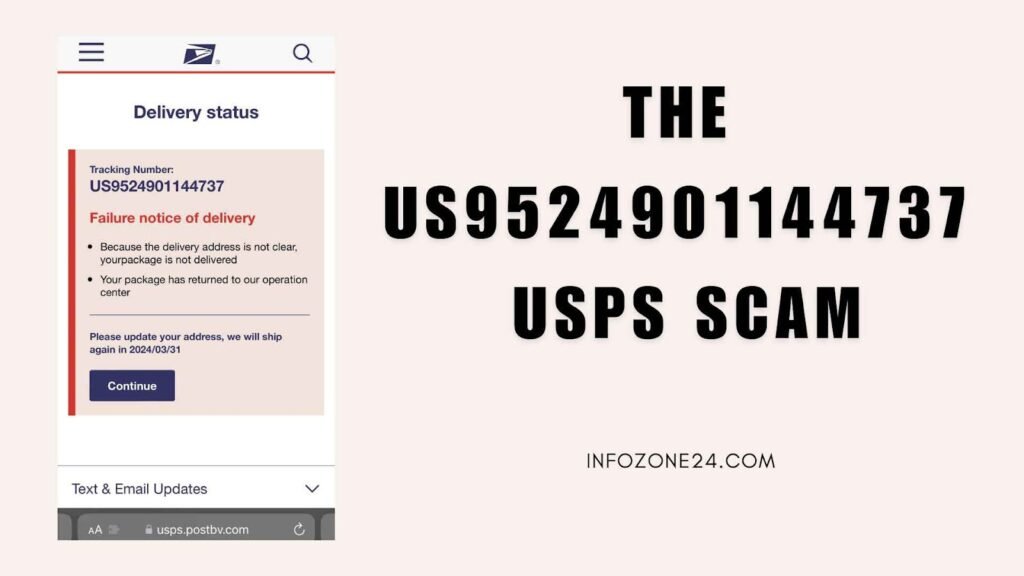If you need to ship oversized loads like military equipment, large industrial machinery and large construction materials, regular forms of transportation won’t be enough.
Getting the right permits, vehicles, and drivers to transport these types of cargo requires a bit of extra attention. It’s a delicate balance that needs to be well thought out and handled with care.
1. Insurance
Whether you’re hauling military equipment, farm equipment, or construction materials, you’ll need to get a heavy hauler policy to protect you in the event of an accident. If you don’t have the right coverage, you could end up paying out a lot of money out of pocket in the event of an accident that causes damage to your goods or vehicles.
The trucking industry is one of the most important sectors of any economy, and it plays a huge role in enriching our countries. As such, it’s essential to find an insurer who understands the trucking business and can offer the best possible policy for you.
If you’re involved in heavy hauling, you’ll need specialized coverage for your trucks and trailers, as well as liability insurance. A good trucking insurance agent will help you build a custom insurance policy that matches your needs.
You’ll also need cargo insurance, which will cover any damage that happens to the cargo while you’re transporting it. A good insurance agent can also recommend other coverages that you might need, such as non-trucking liability, workers’ compensation, or physical damage.
You’ll also need to have your insurance policy reviewed by a professional so you can make sure that you’re not paying more than you need to. Getting a good policy can mean the difference between success and failure for your trucking business.
2. Licensing
Before you start transporting heavy loads, there are some key things you need to know. For example, you need to be aware of state and federal regulations that govern travel with oversized freight.
In order to haul oversized loads, you must get a permit from your state that allows you to move these types of goods. You must also carry bright flags on the front and back of your truck that clearly state that you are hauling a heavy load, and you may even have to equip your truck with rotating yellow lights at night or during low visibility conditions.
These safety signs are an easy way for you to communicate with other drivers on the road. They help them understand that your truck is carrying an oversized load and to slow down accordingly.
Banners – These are large, yellow signs that spell out “Wide Load” or “Oversize Load.” They are instantly recognized by other drivers as a sign that you’re moving a load that exceeds the legal limits.
Guide cars – These are vehicles with large, white signs that say, “Heavy Haul” or “Oversize Load.” This helps other drivers to navigate the area around your load and is particularly important in busy highways.
Safety flags – These are also red or orange flags that help other drivers to better gauge the space around your truck while you’re moving a heavy load.
The best heavy haul trucking companies have experienced drivers who are well-versed in operating trucks and trailers that can handle oversized and overweight loads. They also understand the detailed planning and permit process involved in the specialized shipping industry.
In order to safely transport oversized and overweight loads, you need to be licensed by your state and the trucking company that you work for. This is necessary to ensure you’re properly insured, that your equipment is up to the job and that you’re adhering to all state and federal regulations.
3. Equipment
When it comes to heavy hauling, a variety of equipment is essential. This includes trucks and trailers designed for moving oversized cargo, along with specialized drivers to handle the job.
When deciding on the right truck or trailer to transport your equipment, it’s important to consider the weight and height of your load. This will determine the number of axles and amount of deck space a driver needs on their trailer to move your load effectively.
Additionally, you should make sure your trailer can safely pass under bridges and overpasses. This requires a minimum clearance height of 14 feet on most interstates and 16 feet on others.
Another essential piece of equipment is a backhoe or dump truck. These vehicles can carry several tons and are often used for hauling construction equipment.
Whether you’re delivering construction tools or a new engine for a mining plant, your heavy hauling service will need to secure specialized permits and routing documents before it can begin shipping your load. Each state, county and municipality have its own rules and regulations for oversized freight transportation.
The route for these shipments must be thoroughly researched, and the carriers must understand how to negotiate every curve, turn and lane change to ensure safety. It also takes an experienced carrier with a strong network of resources and relationships to get it right.
In addition to this, it is important to remember that certain oversized loads may need special permits or escort vehicles. This is because these shipments often exceed legal limits for weight and size, which can be dangerous on the road.
These permits are distributed at the state, county, and municipal level. These permits allow a company to travel safely with their oversized load and protect the local community and infrastructure from accidents or damage.
4. Permits
If you’re a business owner who transports heavy freight, you may need to acquire special permits to move oversized loads. These permits vary by state and can lead to delays and hefty fines if you fail to secure them ahead of time. Having a professional transportation company to help you obtain the necessary permits can save you time and money in the long run.
To ensure the safety of truck drivers and commuters, states require a permit before hauling oversize loads down public roadways. These permits ensure that trucking companies operating oversized trucks-trailer combinations do so in the safest manner possible, and also keep them accountable for the size and weight of the loads they haul.
The types of permits vary from state to state, but in general they define the hauler, the load description, and the route it must travel. They can also include a number of other important details, such as safety equipment requirements and whether escort vehicles are needed.
These documents are a necessity for haulers traveling with oversize loads, and they should be ordered from the proper authorities in your jurisdiction, either via the state website or a permit service. These services can be helpful if you’re planning a round trip that will cross multiple states, as they will have all the information you need at their fingertips.
Permits can take anywhere from a few hours to several days depending on the size and dimensions of the load you’re hauling, as well as the jurisdictions it’s passing through. However, if your shipment is small enough to be transported on a two-axle trailer-like product (less than 53 feet long, 14 feet wide, and less than 45,000 pounds) then you should expect a relatively quick permitting process.
5. Routing
When it comes to heavy hauling, it is essential to plan routes that are both efficient and effective. This involves researching your pickup and drop-off locations, determining if they are close to the trucking company, and finding the best route for getting your freight from one location to another.
There are also many different factors that can affect the routing process, including the weight of the load and distance traveled. This is why it is important to find a route planning team that can take into account all of these factors and help you plan the most efficient and cost-effective shipping route possible.
In addition, it is important to find a heavy hauling partner that has extensive experience with transporting large and heavy loads. These companies can ensure that your freight arrives on time and safely, regardless of how long the journey may take.
A reputable partner will do a thorough route survey and identify any potential obstacles and disruptions that might occur during the transport process, like travel restrictions, road constructions, curfews, and other limitations. They can then work with you to devise a plan that will help ensure the safety of your cargo and that of the driver.
This type of routing software can also factor in truck size and restrictions to determine the most efficient way to get the load from A to B. This can save fuel and reduce miles, which can increase the overall sustainability of your fleet.
Routing is a complex process that can require a lot of time and resources. It is for this reason that fleets are often looking for solutions that are designed to address this specific problem.
Michael C Vang is a passionate blogger. He has been blogging since 2013 on a variety of topics. He is committed to creating informative and engaging content that helps readers learn more about everything.



